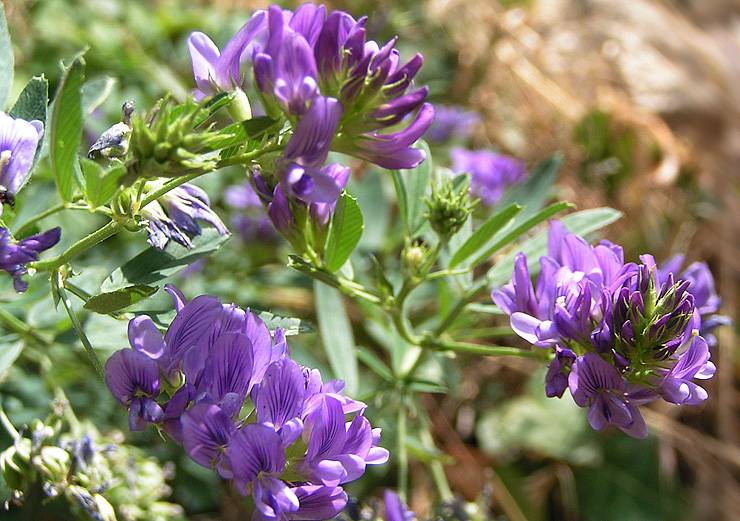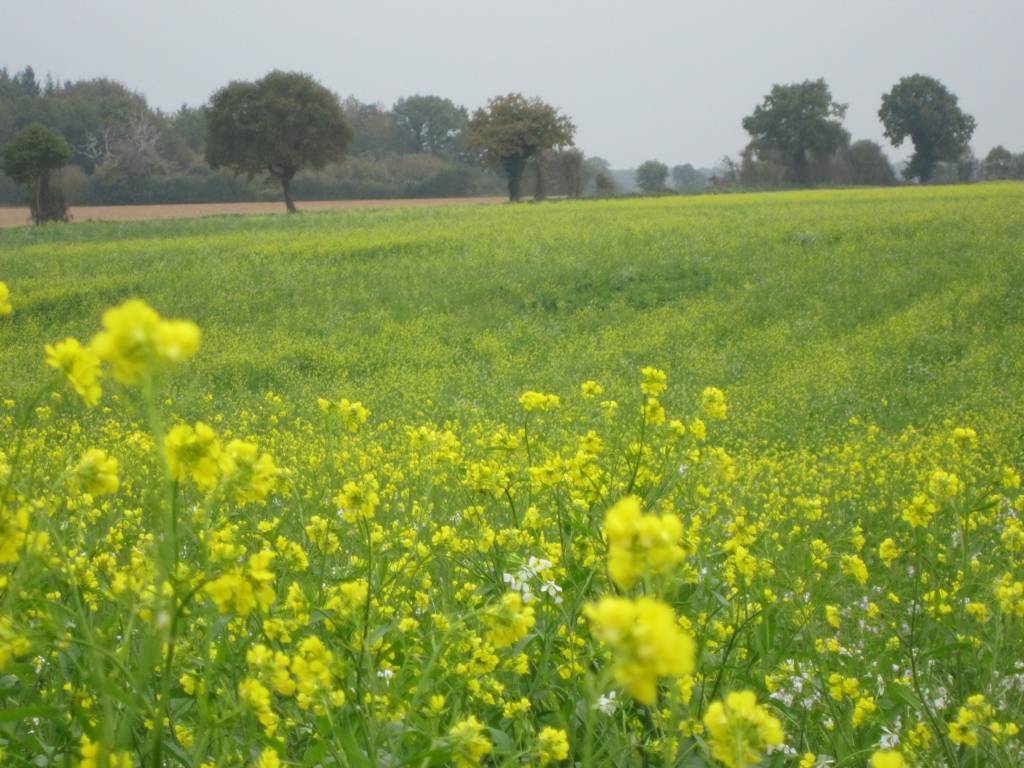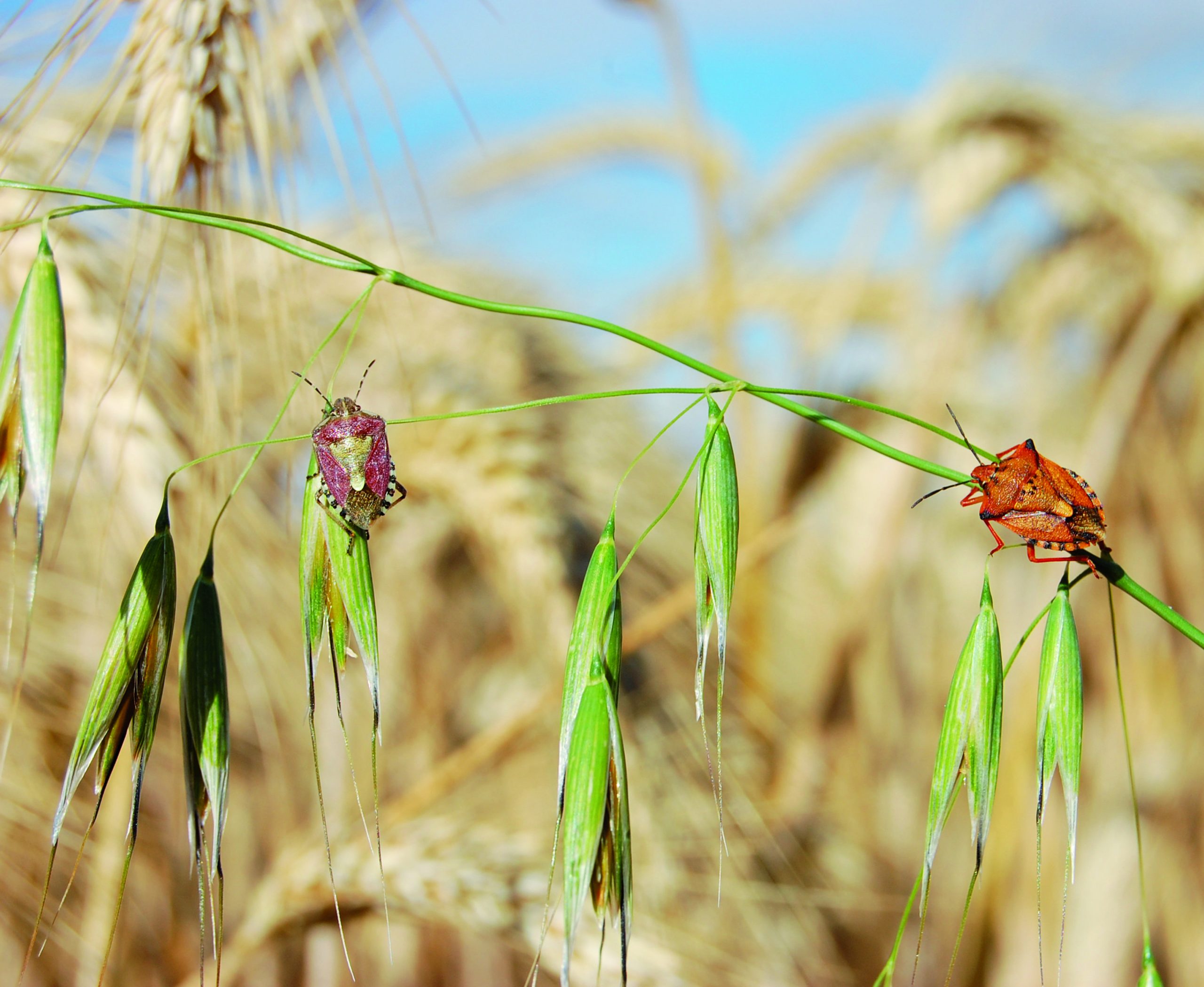Ecosystemic Plants
These plants can offer diverse ecosystem services, such as managing disease and pests and improving soil quality.
What is an ecosystemic plant?
Ecosystemic plants are cultivated plant species grown in the same agricultural parcel as cash crops, offering various ecosystem services. Their cultivation is not aimed at obtaining a directly marketable or consumable agricultural product (grain, root, forage…). Instead they help to support the biological processes of soil and plants, in the short, medium or long-term. There are many uses for these plants, a selection of which feature below.

Capacity to capture soil nitrogen and return it to the next crop
Catch crops are sown at the end of summer to absorb nitrogen from the soil (residual or mineralised in autumn) and reduce nitrate leaching over winter. These intermediate crops are referred to as “nitrogen traps” (CIPAN in French). At the end of winter, catch crops release nitrogen when they decompose and return this nitrogen to the succeeding crop. These crops are known as “green manure” crops.
This action on the soil nitrogen cycle concerns numerous plant species and families, and has agricultural and environmental benefits for farmers. There are also regulatory advantages, as the law provides that all ground must be covered during the leaching period for Nitrate Vulnerable Zones (areas designated as being at risk from agricultural nitrate pollution). This applies to more than half of France’s arable land area (SAU).
Disease and Pest Control
Service plants can be used to target plant parasitic nematodes, soil-borne diseases, and pests (aphids, stink bugs, rootworms, etc.). In this case, crops are are used for the following actions:
- Disruption of the pathogen agent’s development cycle
- Emission of molecules which are toxic for the pathogen agent
- Repulsive or attractive plants for parasites
Weed Control
Service plants can contribute significantly to weed control. Uncontrollable adventitious flora can be replaced by a controllable cover plant, either by intercropping or in association with a plant companion or relay cropping.
Service plants provide weed management benefits in a number of ways:
- Competitivity for resources (light, water, nutrients)
- Allelopathic effect
- Modification of soil chronology and disruption of the weeds’ growing cycle
- Association of cover crops with cash crops or companion crops.
Pollinators, soil fauna and wildlife
Floral fallow plants help to enhance the diversity of pollinators (hymenoptera, butterflies, syrphids and other diptera). Pollinator abundance is strongly linked to floral species: bees favour phacelia, borage and white sweet-clover, and some bumblebees can reach red clover nectar. A complex floristic composition is more attractive and encourages pollinating entomofauna. This is particularly true when it covers a long flowering period which is compatible with the wild fauna and is managed to be adapted to pollinators (flowering stage reached, grinding after flowering).
Plant covers are favourable to earthworms who improve the physicochemical and biological properties of the soil, especially when the soil is not worked too much. This also has a positive effect on insect-eating and granivorous bird populations. On the other hand, in some circumstances intermediate crops can stimulate slug populations, and leguminous cover plants can encourage the development of voles.
Prevention of soil erosion and preservation of physical, chemical and biological fertility
Cover crops protect the soil’s surface from the impact of raindrops with their aerian biomass (mustard, oat), improve soil resistance to erosion with their root network (ray-grass, rye), improve water infiltration by reducing the flow, and improve soil physical properties (rye, ray-grass, crucifers, leguminous crops).
These effects of protection and improvement are mainly due to the structuring of the root system and the increase of organic matter in the soil. They are complementary to the crop’s growth and the effect of abiotic factors.



